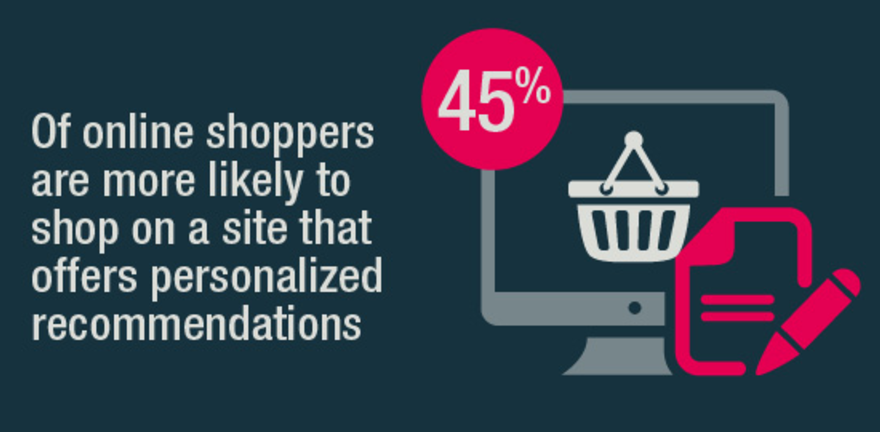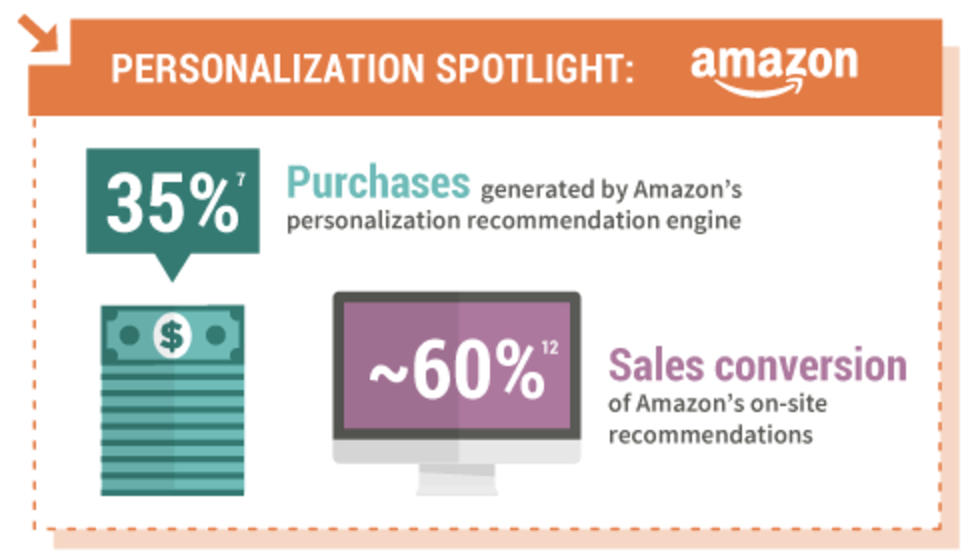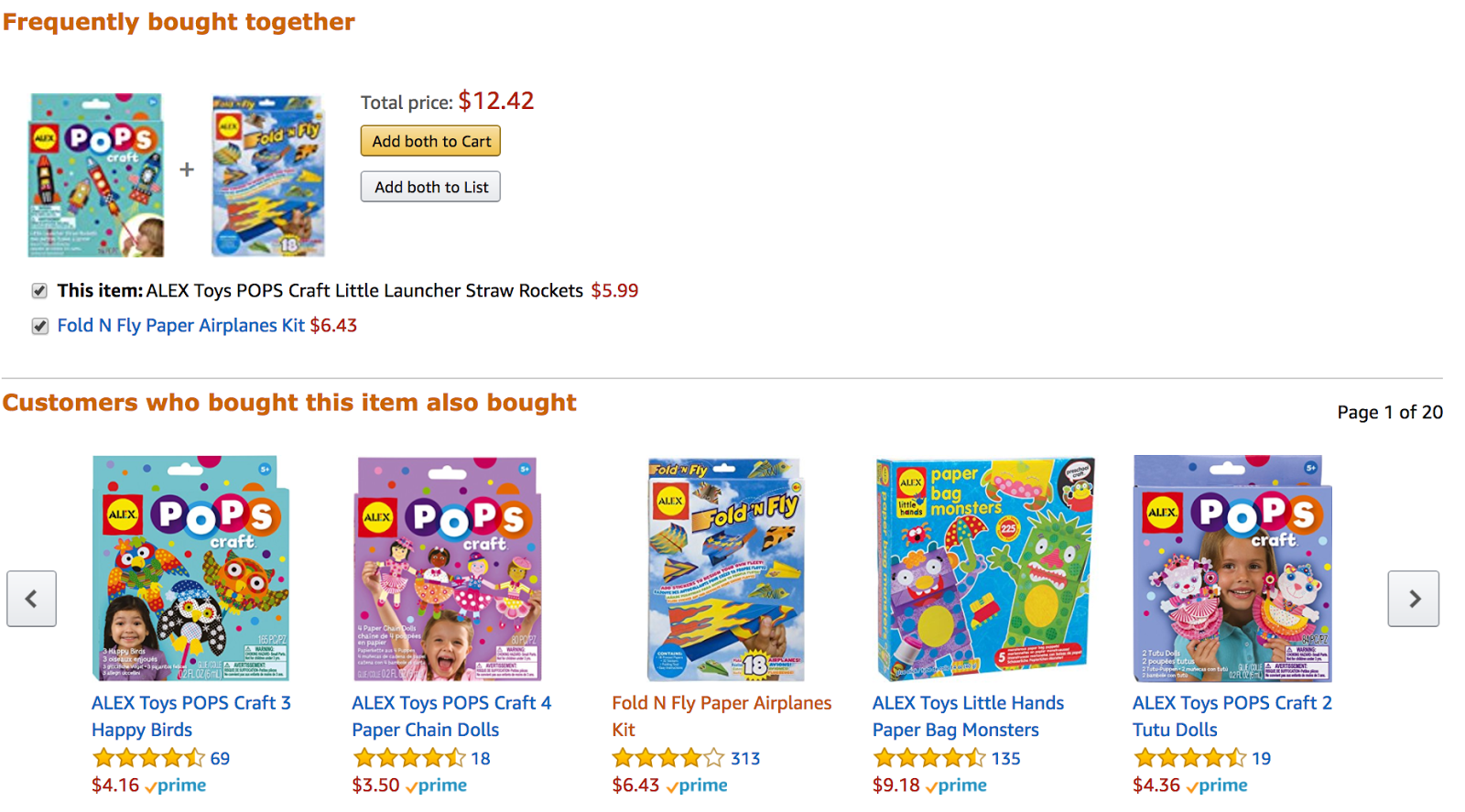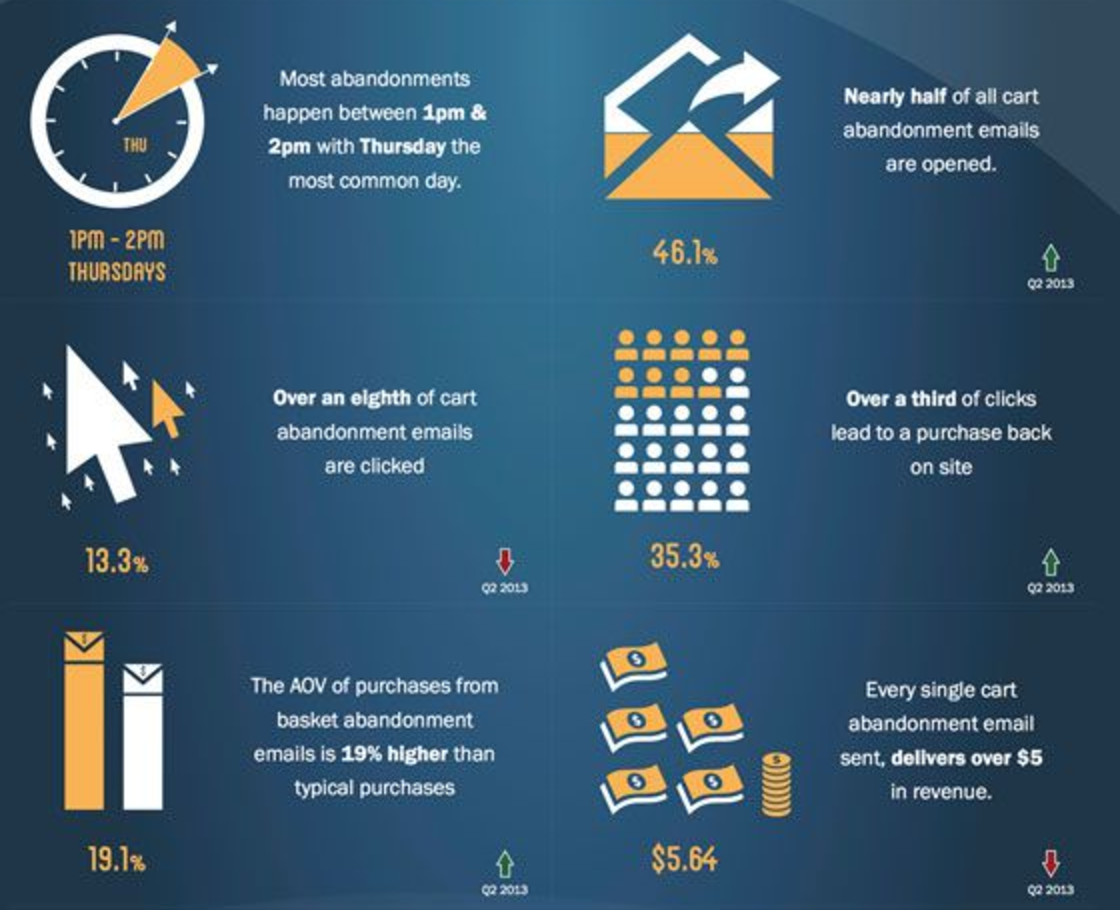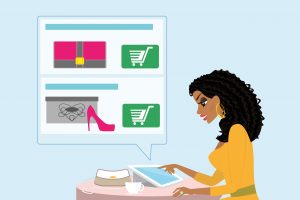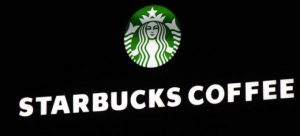3 key strategies to make more sales on your website with personalization strategies
Did you know that 72% of consumers find that online gift shopping has made life easier during the holiday season?
As a retailer, you can’t afford to ignore the various ways that eCommerce can boost your online sales.
In particular, personalized marketing technologies allow brands to engage with consumers online and increase conversion rates. Here are three effective strategies to increase your eCommerce conversion rate this holiday season:
1. Optimize website user experience with personalization
Shoppers that engage with personalized website content are more likely to convert. Research found that even though visitors who clicked on product recommendations accounted for only 5% of clicks, those clicks represented 30% of Cyber Week revenue.
You can deliver a personalized experience by displaying relevant content based on a customer’s preferences, browsing behaviors, and purchasing history while augmenting the shopping experience with features such as wishlist, past purchases list, and personalized gift guide.
In addition, you should leverage existing customer data to streamline the checkout experience, reduce cart abandonment, and optimize conversion rate. For example, by pre-selecting options based on customers’ past preferences, providing one-click checkout using existing customer data, and pre-filling forms using information from customer profiles.
2. Promote personalized offers with Email Marketing
Email marketing is a great way to engage with your email subscribers and customers who are already familiar with your brand and therefore, more likely to make a purchase.
Leverage your customer database and segment your email list to send emails with offers tailored to specific groups based on their past purchases, customer lifecycle stages, or other data such as preferences, interests, geographic location, and demographic data.
You can set up behavior-triggered workflows, which are initiated by how recipients respond to your previous emails. You should also leverage email retargeting — which can help eCommerce websites increase their revenue by as much as 400% — to re-engage visitors who came to your site but didn’t take action.
3. Implement an Omnichannel Personalization Strategy
While 86% of consumers would make an in-store purchase, 75% also order gifts online. Instead of engaging with a brand on one specific channel, consumers do so via a variety of touchpoints — whenever and wherever that’s most convenient for them.
Multichannel shoppers tend to spend more per transaction, so it’s important for retailers to be present in multiple customer touchpoints so they can engage with shoppers at the right place and in the right time.
To increase the effectiveness of your omnichannel marketing strategy, use a customer data management tool that collects customer information so you can understand how shoppers engage with your brand. You can then generate insights on how to deliver the most relevant offers through each channel based on customers’ real-time interactions with your business.
Implement your eCommerce personalization strategy at scale
Personalization marketing is a proven way to increase eCommerce conversion rates. In order to implement this strategy at scale, you need the ability to fully leverage all customer data so you can deliver the most relevant content and offers.
Our customer data management platform and its syndication layers, which enables real-time acitiviation of content and offers on multiple channels, allow you to effectvely engage your customers by leveraging the power of personalized marketing.
Request a demo today to see how our solution can help you increase eCommerce conversion this holiday season.





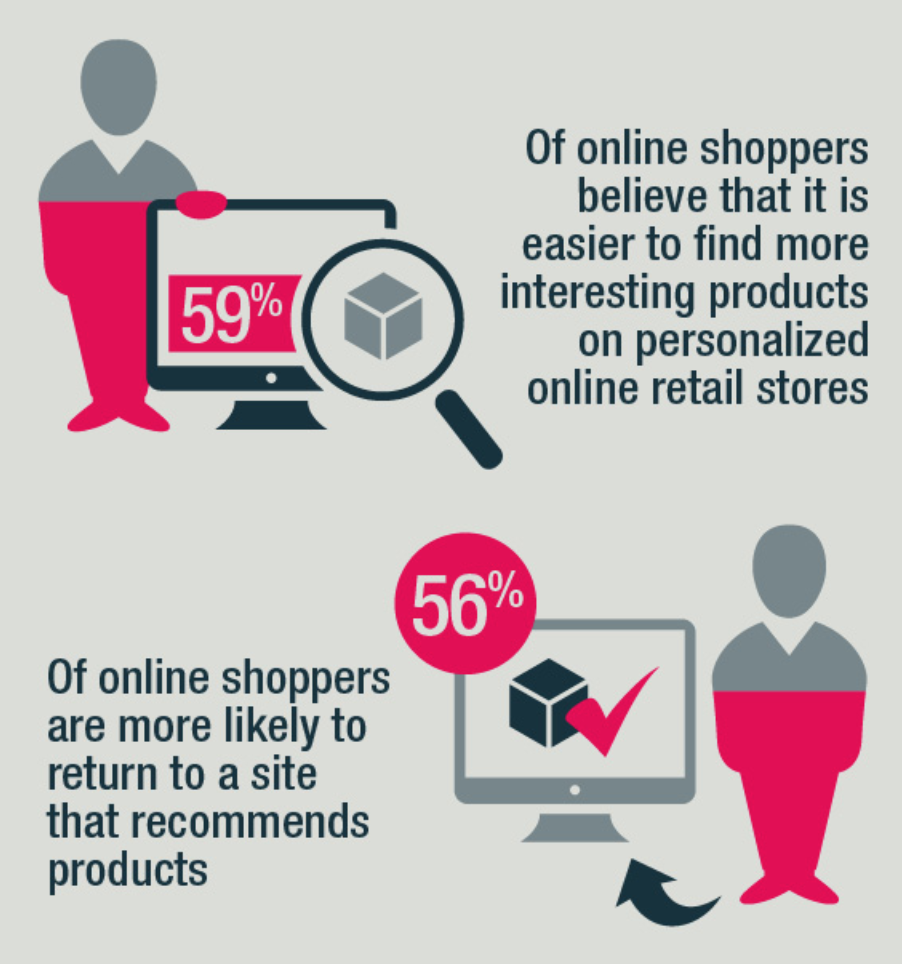

 Image source
Image source

